15 Questionable Things From The Past That No Longer Make Sense
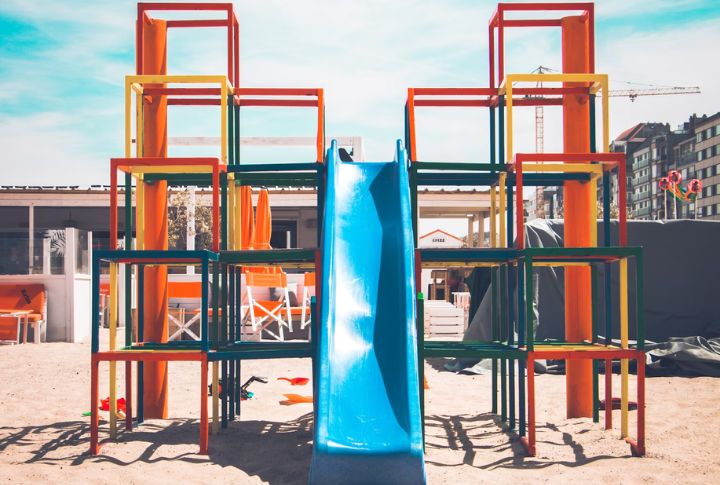
Some things would seem completely weird if you look at the ‘40s or ‘50s. Those actions and habits were normal back then, but upgrades in safety standards and social progress changed everything. Today, we can’t even understand why people used to do these ten things that make no sense.
Doctors Handing Out Cigarettes

Imagine a doctor recommending cigarettes for relaxation. In the ’50s, this wasn’t just common. It was encouraged. Shocking, right? Medical endorsements made smoking seem harmless. The truth emerged later, exposing the deadly connection between tobacco and lung cancer.
Babies Riding Without Car Seats
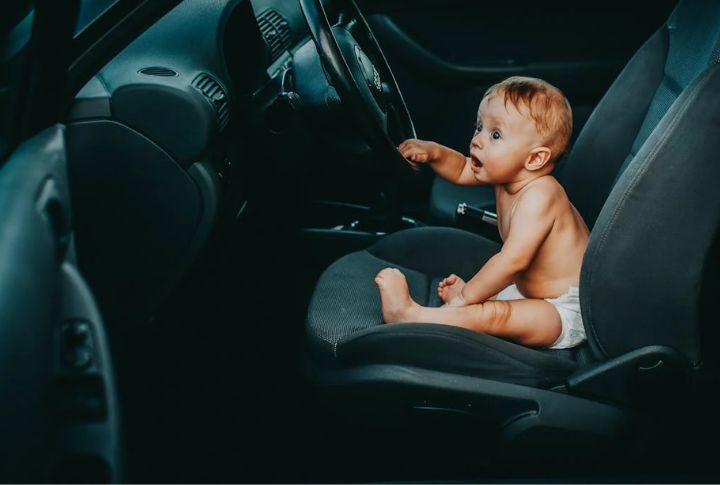
Before car seats became the norm, infants often traveled in their parents’ laps or lay in loosely secured bassinets in the back seat. The dangers were largely ignored. Thankfully, regulations and crash research led to mandatory car seat laws, making modern car travel significantly safer for children.
Lobotomies As A Mental Health Treatment

Even during the ‘40s, psychiatrists used lobotomies to treat everything from depression to anxiety, believing severing brain connections could “calm” patients. The procedure often left people permanently disabled. With advancements in neuroscience and psychiatric care, this brutal practice was abandoned by the ‘60s.
Drinking At Work

If workplaces today allowed a boozy environment, it would be a nightmare for the HR department, but back then, this was not the scenario. A fully stocked bar in the office was no surprise. Executives kept whiskey on their desks, and business lunches regularly included cocktails.
Driving Without Seat Belts Or Safety Concerns
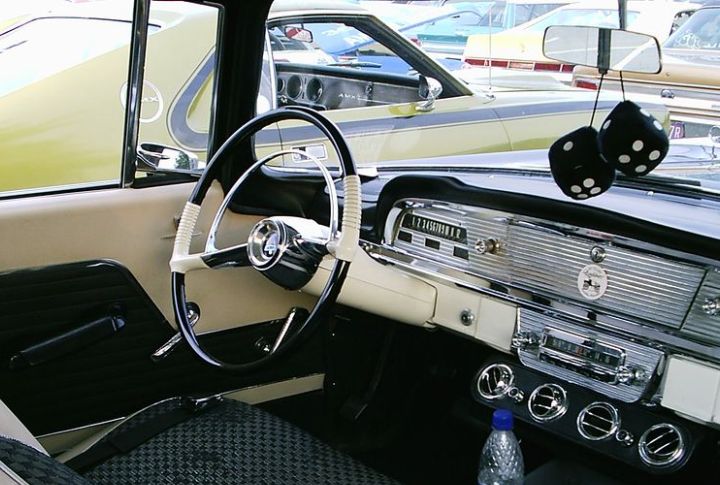
Classic cars flaunted chrome, tail fins, and bench seats but rarely seat belts. Safety wasn’t a priority, and crash testing was nonexistent. By the ’60s, skyrocketing traffic deaths forced automakers to introduce protective features. Today, buckling up is mandatory everywhere.
Job Listings That Dictated Who Could Apply
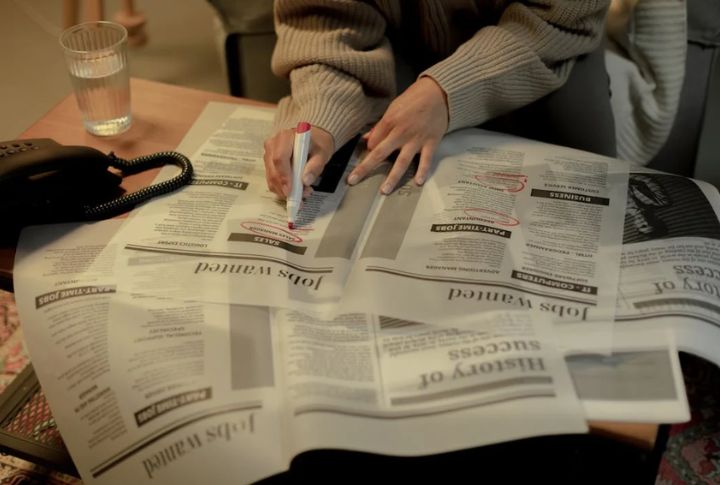
There was a time when looking at job ads meant seeing clear lines drawn between men’s and women’s work. Women were expected to handle clerical tasks while men took on leadership. The Civil Rights Act of 1964 challenged this system and brought hope for workplace equality, but some divisions still linger today.
Children Roaming The Neighborhood For Hours
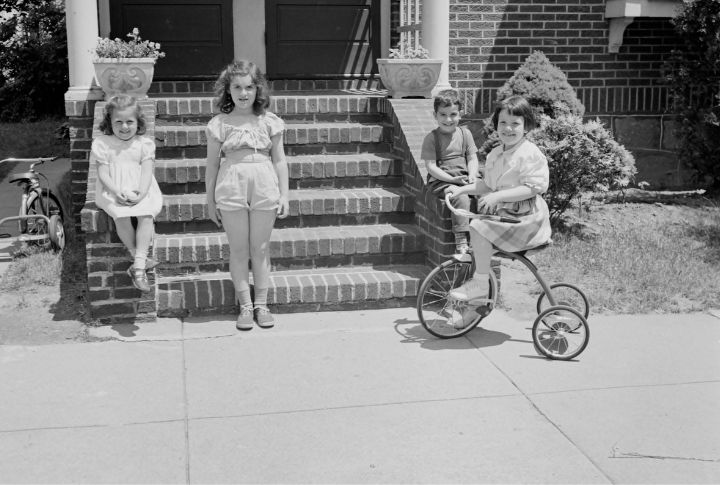
The kids left the house after breakfast and didn’t return until dinner. Plus, there were no check-ins, cell phones, bikes, treehouses, or scraped knees. Parents trusted the community more and worried less. Today’s hyper-vigilance would make this level of freedom rare for kids.
Toxic Chemicals Were Everywhere
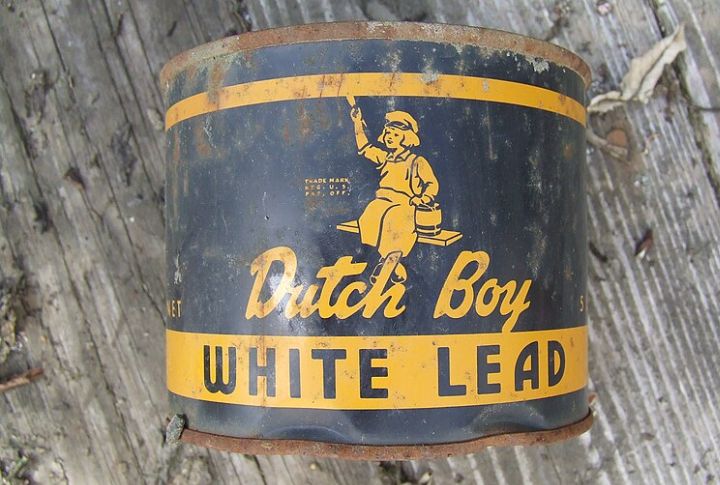
Lead paint-coated walls, asbestos-lined ceilings, and playgrounds featured dangerous materials. The consequences? Severe health issues that took decades to uncover. Government bans in the late 20th century forced industries to reform, making these spaces much safer than they once were.
Corporal Punishment As A Classroom Norm
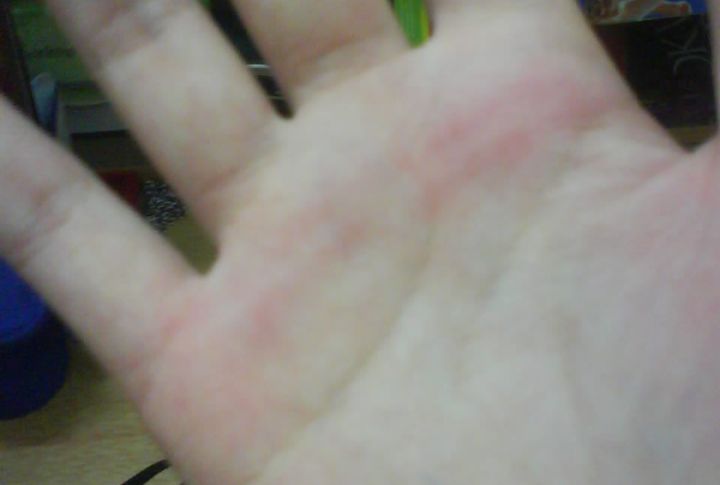
There was a time when wooden paddles were a standard part of classroom life, used openly by teachers to enforce discipline. Parents rarely questioned this practice. Thankfully, most schools have now embraced behavioral interventions, moving from a fear-driven approach to one that fosters understanding and growth.
Smoking Indoors
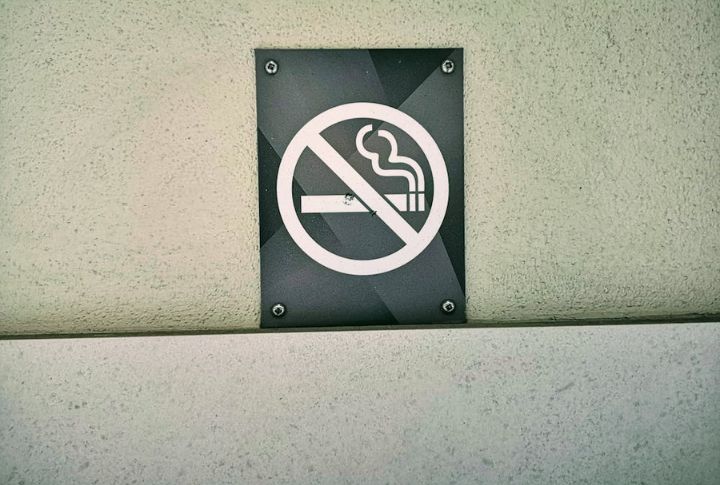
Imagine sitting in a movie theater or on an airplane, surrounded by clouds of cigarette smoke with ashtrays right in front of you. Hospitals, too, had spots where patients and visitors could light up. For non-smokers, there was no escape. It wasn’t until the ’70s that indoor smoking bans began to change this reality.
Homemakers Routinely Prescribed Tranquilizers
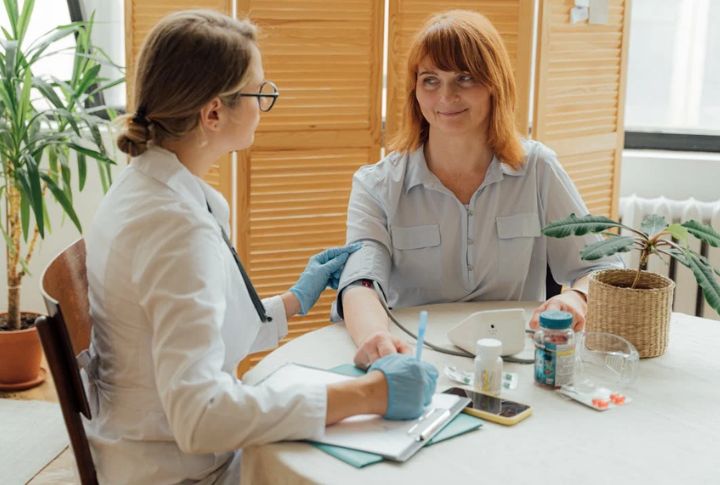
It was a sad reality that doctors frequently prescribed tranquilizers like Miltown to homemakers struggling with stress. Those pills were given to mask deeper issues and led to widespread addiction. So, let’s just feel lucky to live in a society where the focus has shifted to meaningful relationships and solutions from tranquilizing.
Segregated Public Spaces That Divided Society
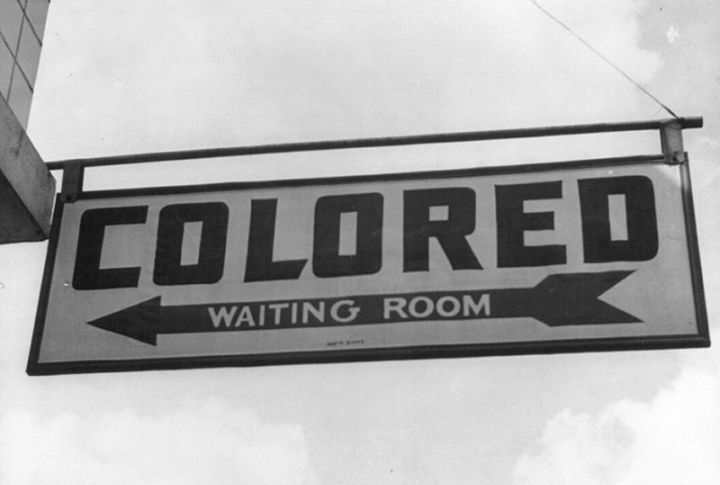
Can you visualize a world where water fountains and lunch counters had signs telling people where they could and couldn’t go, all because of their skin color? This was America under segregation laws. It took the courage of the Civil Rights Movement to challenge this injustice, and in 1954, Brown v. Board of Education struck the first significant blow against legalized racism.
TV Dinners
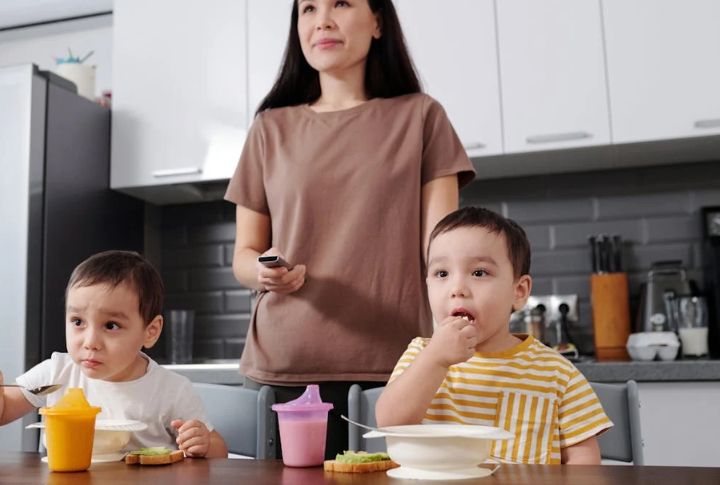
Picture a family sitting together in front of a glowing television, each with a neatly packaged aluminum tray on their lap. Swanson’s TV dinners brought a sense of novelty and ease, changing how people ate and lived. These days, most parents are trying hard and hoping their kids would rather go out than stick to the screens.
Playgrounds Designed Like Obstacle Courses Of Doo
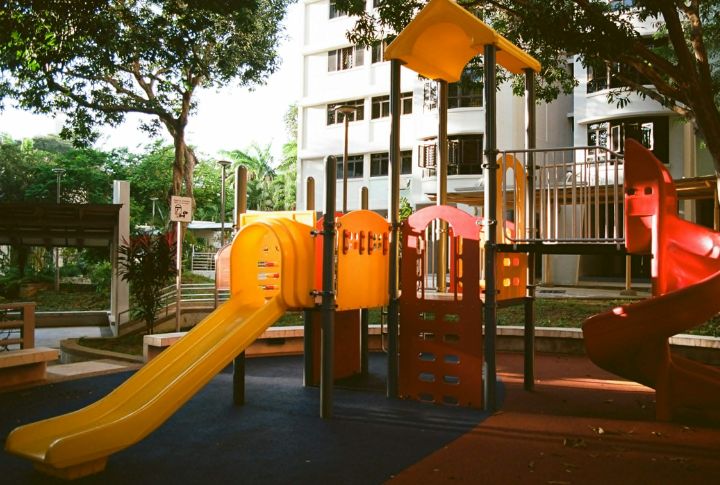
Modern kids are much safer with rubber flooring, shorter structures, and enclosed play areas. However, safety was an afterthought back then. There were towering metal slides heated by the summer sun, jungle gyms over concrete, and high-speed merry-go-rounds. They made playgrounds thrilling yet dangerous for kids
Radiation-Based Beauty And Shoe Fittings
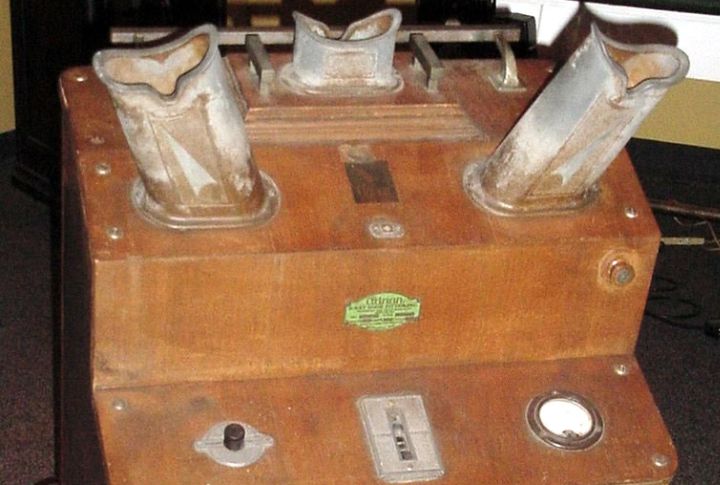
Beauty salons offered hair treatments that emitted unsafe radiation levels, while shoe stores used X-ray machines to measure foot sizes. No one considered the long-term exposure risks. Once the dangers became evident, these devices were abandoned in favor of safer alternatives.
